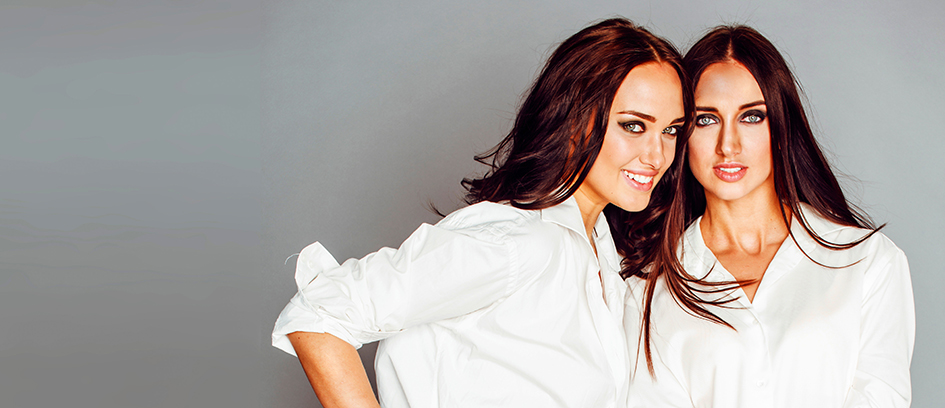What’s the Difference Between a Stand-In and Photo Double?

Want to work on set of your favorite movies and TV shows? At Central Casting, we book a variety of roles, including Background Actors, Stand-Ins, and doubles. You're probably familiar with Background Actors and what they do, but the responsibilities of Stand-Ins and doubles can be less clear and the two are often confused with one another.
Stand-Ins
Stand-Ins take the place of a principal actor for rehearsals, camera blocking, and lighting setups. They do all their work behind the scenes and are never seen on camera. Stand-Ins work closely with the actors and production crew to help ensure everyone is on the same page for every shot.
Stand-Ins have different responsibilities depending on the needs and type of production. Here are some of the most common ones.
Multi-Camera Stand-In
Multi-Camera Stand-Ins primarily work on sitcoms (That '90s Show, iCarly, Raven's Home) and will often run through the entire episode in place of the principal actor. Being a Multi-Cam Stand-In takes a lot of skill. You need to have good timing, be able to think on your feet, and memorize a lot of details quickly.
Single Camera Stand-In
Single Camera Stand-Ins usually need to match the actor in height, build, hair color, and complexion. Single cam shows are mostly films (Blue Beetle, Five Nights at Freddy's, Creed III), one hour dramas (Law & Order, Will Trent, The Crossover), and some half hour comedies (Girls5Eva, Only Murders in the Building, Loot). They shoot their scenes out of order, so the Stand-In shares rehearsal information with the actor, and must remember the small blocking and prop details that may shift from scene to scene.
Utility Stand-In
Utility Stand-Ins are used to stand in for actors of varying looks, genders, and ethnicities. Often, it's more important for Utility Stand-Ins to match an actor's height than their look. If you're booked as a Utility, you may be standing in for multiple actors on the same project.
Doubles
Unlike Stand-Ins, doubles take the place of an actor on screen, though their faces are rarely (if ever) seen. Central Casting casts a variety of doubles to work on our productions.
Photo Double
A photo double must resemble an actor as closely as possible in height, build, hair color, and complexion. They often need to look like they could be the actor's twin. A photo double can be used when a principal actor is in a scene but is not the focus and is essentially functioning as a Background Actor. Since the photo double looks like the actor from a distance, they can film in the actor's place while they prepare for other scenes.
Body Double
Body doubles are used for a variety of reasons, like to perform special skills, for nude scenes, or for second unit or insert shots. They may also be used when an actor plays two or more characters who appear in the same scene. While filming, the double will take the place of one of the characters and their face will be replaced with the actor's in post-production.
Hand Double
Hand doubles are needed for shot inserts to show a character performing a skill that the principal actor can't convincingly portray. These skills can range anywhere from playing instruments to performing (fake) surgery. Hand doubles can also be used for inserts of ordinary actions, like holding a phone or opening a door.
Minor Doubles
Each state has its own strict requirements for how long minors can work and often the principal child actors have other commitments, like school, they must attend throughout the day. Movies and TV shows will consistently employ doubles for minors so production can keep filming when the child actors are not available. Minor Background Actors and doubles must also adhere to the child labor requirements, so depending on the child actor's age and size, production may wish to use a double over the age of 18.
Want to get on set as a Stand-In or double? The first step is to sign up with Central Casting. Already registered? Check out our guides on submitting for work and responding to messages.